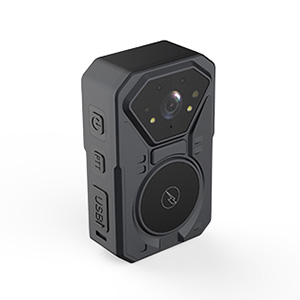
# Body-Worn Cameras: Enhancing Accountability and Transparency in Law Enforcement
## The Rise of Body-Worn Cameras in Policing
Body-worn cameras (BWCs) have become an increasingly common tool for law enforcement agencies worldwide. These small devices, typically attached to an officer’s uniform, record audio and video interactions between police and the public. The adoption of BWCs has grown significantly in recent years as departments seek to improve transparency and build trust with their communities.
## Benefits of Body-Worn Cameras
### Increased Accountability
One of the primary advantages of BWCs is their ability to hold both officers and citizens accountable for their actions. The presence of a recording device often leads to more professional behavior from all parties involved. Studies have shown that complaints against officers tend to decrease when BWCs are implemented.
### Improved Evidence Collection
BWCs provide valuable first-hand evidence that can be crucial in criminal investigations and court proceedings. The footage often captures details that might be missed or forgotten in written reports, offering a more complete picture of events.
### Enhanced Officer Training
Recorded interactions serve as excellent training materials for new officers. Supervisors can review footage to identify best practices and areas needing improvement, helping to refine policing techniques and de-escalation strategies.
## Challenges and Considerations
### Privacy Concerns
The widespread use of BWCs raises important privacy questions. Departments must establish clear policies about when cameras should be activated and how footage is stored and accessed. Balancing transparency with individual privacy rights remains an ongoing challenge.
### Data Management
The massive amount of video data generated by BWCs presents logistical challenges. Departments must invest in secure storage solutions and develop efficient systems for categorizing and retrieving footage when needed.
### Policy Development
Effective BWC programs require comprehensive policies addressing:
– When officers must activate their cameras
– How long footage should be retained
– Who can access the recordings
– Procedures for releasing footage to the public
## The Future of Body-Worn Cameras
As technology advances, BWCs are likely to incorporate new features such as:
– Automatic activation based on certain triggers
– Live streaming capabilities
– Integration with other law enforcement technologies
– Improved battery life and storage capacity
Keyword: body worn cam
While not a perfect solution, body-worn cameras represent a significant step forward in modern policing. When implemented with thoughtful policies and proper oversight, they can serve as powerful tools for enhancing police accountability, improving community relations, and ensuring justice for all parties involved in police interactions.